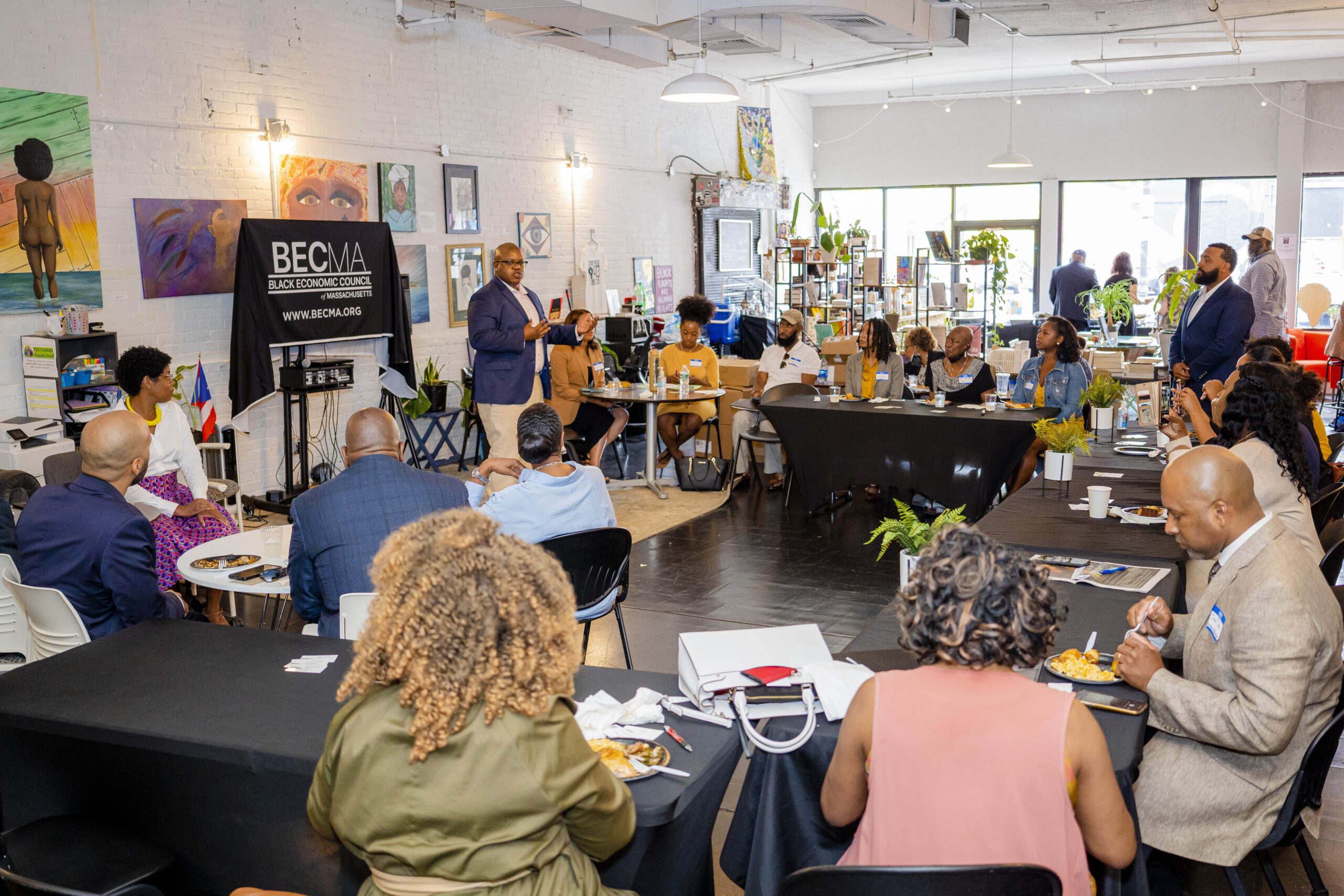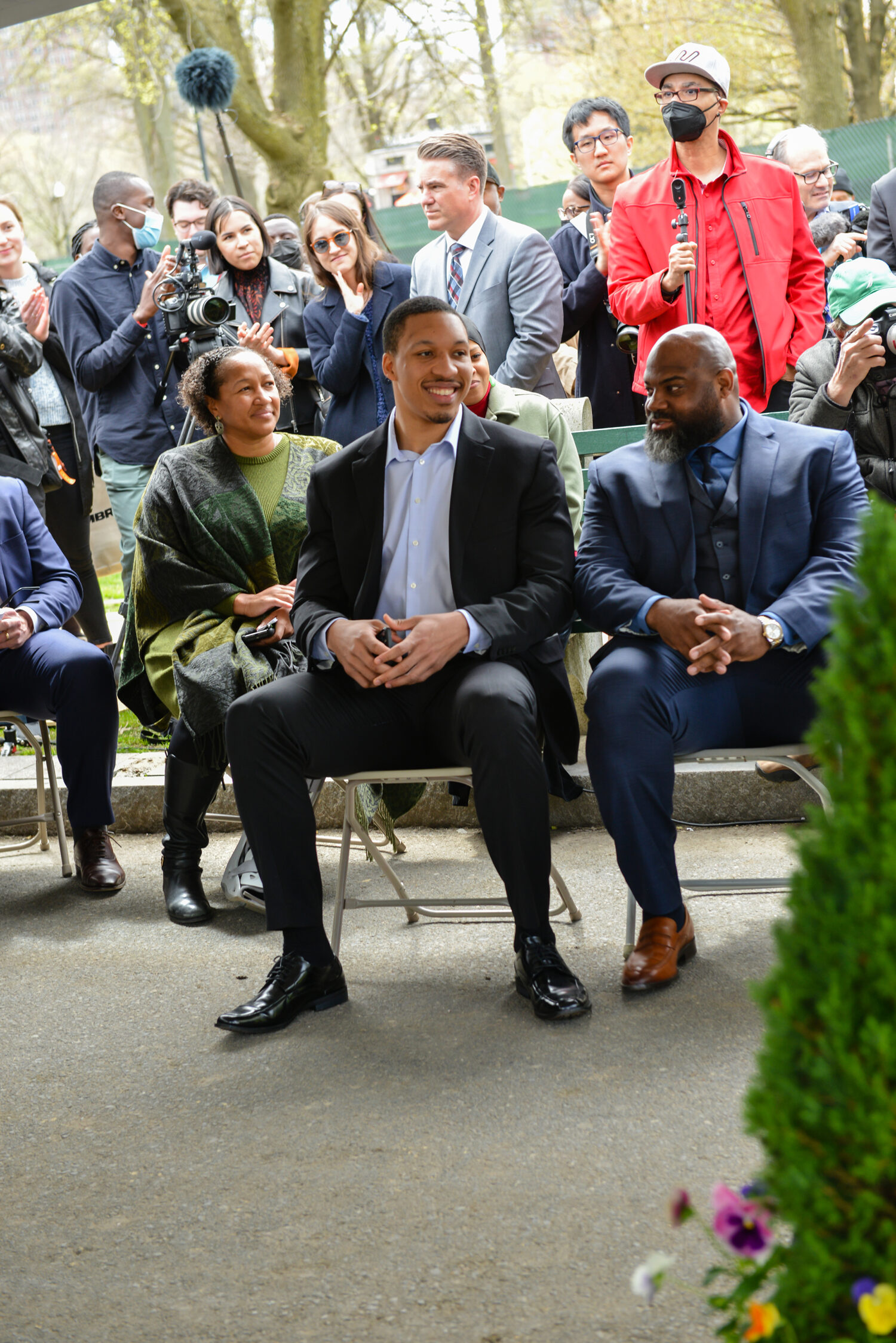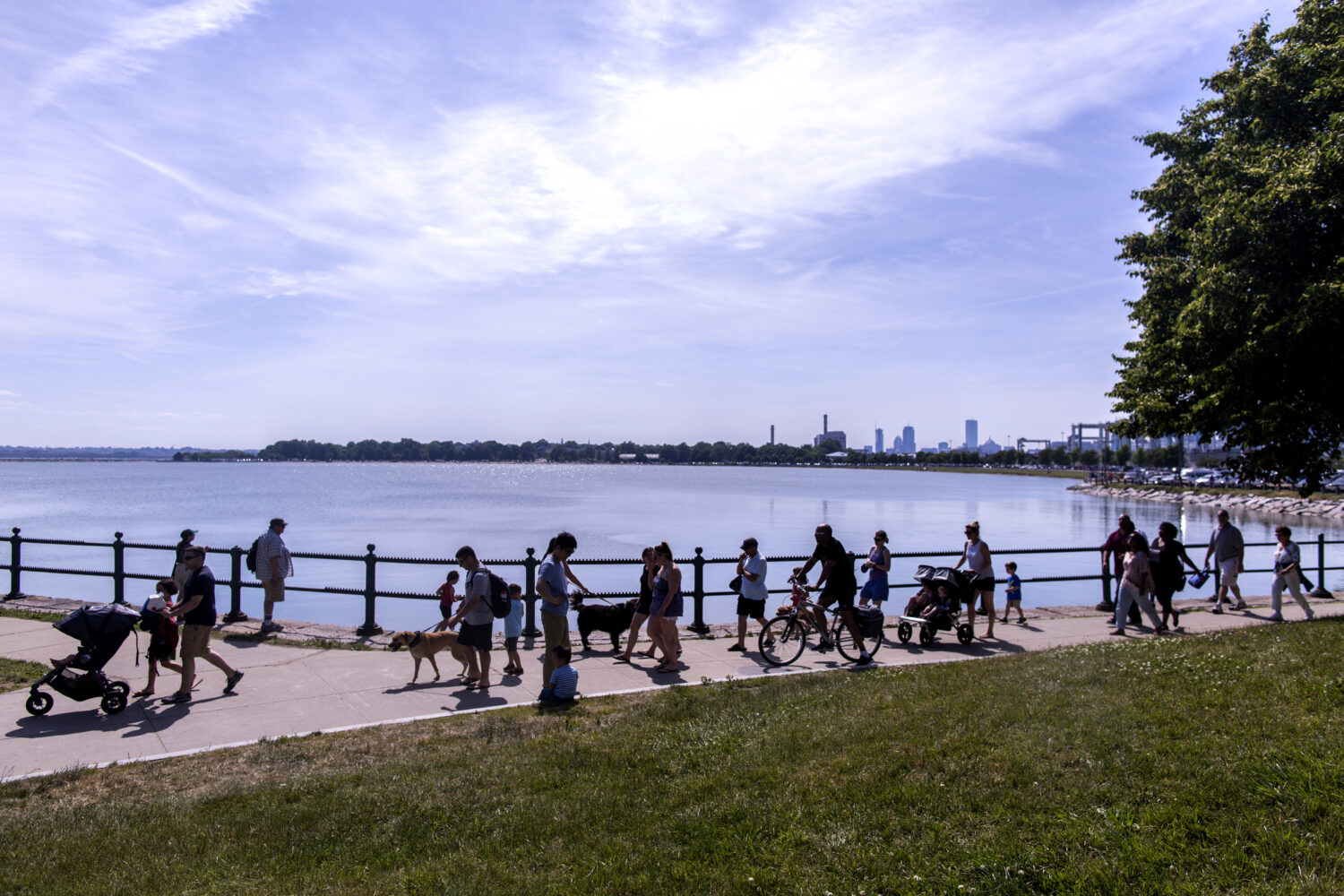For my first year as director of Barr’s Racial Wealth Equity Initiative, my top priority was to listen, learn, and reflect on Barr’s early efforts and where the greatest opportunities are going forward.I am excited to share what the next phase of work will look like. The overarching goal of Barr’s racial wealth equity grantmaking is to transform systems, policy, and narratives to build wealth in communities of color. We will continue to focus on the Greater Boston region. Yet we are also open to learning about colleagues engaged in similar efforts in the Gateway City regions of Fall River, New Bedford, Lawrence, Lowell, Brockton, and Randolph.
This blog aims to share our key learnings and reflections from extensive conversations with nonprofit, philanthropy, and other community leaders (including our listening series); to provide a summary of our strategic focus areas for the initiative, and the approaches we intend to focus on with our grantmaking.
Key learnings and reflections
- We must continue to listen, learn, and trust. Our role is not to set the agenda or define the strategy but to start from a place of humility with the recognition that solutions come from those most effected.
- Progress requires stronger networks advancing change to infrastructure, policies, and systems. From across the field, we heard that real and sustained impact in people’s lives and in their communities requires strengthening networks of organizations working across silos (of issue, geography, or approach) to foster collaboration, and transform systems.
- We must also shift the ways people understand and talk about wealth equity with new narratives that include the inherent potential all people have, and the right all have to build wealth for their families and communities. Harmful and false narratives have historically placed blame on individuals – characterizing them as unmotivated, undisciplined, or in other ways unworthy, and have not acknowledged decades of disenfranchisement and policy (such as redlining) that have impacted whole communities.
The overarching goal of Barr’s racial wealth equity grantmaking is to transform systems, policy, and narratives to build wealth in communities of color.
Our next phase will focus on three strategic levers.
We believe that over the next 10 years, Barr’s greatest contribution to advancing racial wealth equity will be to partner with organizations striving to transform systems, policy, and narratives to build wealth in communities of color. And while there are many approaches people use to address aspects of wealth creation, Barr will focus on three levers where we think we can be most helpful, and where we see high potential to influence systems, policy, and narratives: increasing access to capital, expanding community ownership, and advancing pathways to high-road jobs.
Increasing access to capital: Barr’s Racial Wealth Equity Initiative will support partners working to shift policies to make it more viable for people of color to become homeowners and entrepreneurs; and partners working to provide access to capital and mitigate financial challenges, in ways that can inform new policies and systems for individuals and community assets can be further developed within communities of color.
Expanding community ownership: We will supportpartners working to explore new economic models; purchasing property committed to long-term community use and benefit; and organizing residents to advance novel approaches to community ownership.
Advancing pathways to high-road jobs: “High-road” jobs are those where employees have access to higher wages, predictable annual income, opportunities for advancement, and benefits such as health insurance and retirement. Through this strategy, we aim to support the “invisible workforce”—adults in communities of color who are either in low-wage jobs and/or could benefit from opportunities like workforce development and training to gain access to high-road jobs. We seek partners who are interested in innovative, culturally-competent workforce development to increase diversity within high-road industries. Given Barr’s Climate Program, we have a particular interest in the rapidly growing clean energy industry.
Grantmaking to focus on three approaches.
Within these strategies, we will focus our grantmaking on efforts that incorporate one or more of the following approaches:
Advocacy and organizing to build and shift power. Systems change requires a shift in power structure so that policies and practices are reflective not only of the needs but aspirations of people of color. We seek partners who embed grassroots power building or advocacy in their work, or are invested in building these tools.
Network building. We believe that networks and coalitions are key to leveraging the strengths of individual organizations and advancing best practices and durable policy gains. We seek networks and coalitions that include varied perspectives and structures, such as nonprofit organizations, research/data providers, artists, and municipalities. We acknowledge that networks and coalitions take time to coalesce and build trust – especially where there’s a history of competition for funding and influence.
Narrative and strategic communications. This work also requires that we work to shift mindsets, deepen understanding of root causes and potential solutions, and inspire civic action. We seek partners who are poised to engage in strategic communications and narrative work as a key driver.
[We need] new narratives that include the inherent potential all people have, and the right all have to build wealth for their families and communities.
How to engage us
As we launch this next phase of our work to advance racial wealth equity, we are eager for your feedback, guidance, and potential partnership. We are actively seeking to engage with new partners who share our aims and priorities.We are so grateful for all of those who were willing to spend time with us to share their ideas and aspirations. We commit to continuing to listen, learn, and share about progress and what we learn along the way.




